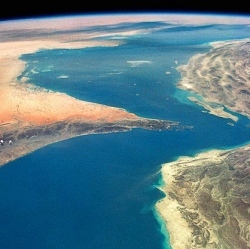
The Philae lander, which Europe hopes to put on the surface of a comet later this year, has been re-activated after three years in deep-space hibernation. The small probe is currently riding piggy-back on the Rosetta satellite. This was despatched 10 years ago to rendezvous with the Comet 67P/Churyumov-Gerasimenko, and was itself awoken in January.
"Mothership" and lander should arrive at the huge ice object in August. After a period of mapping, Rosetta will then release Philae on its challenging bid to attach itself to 67P in November. Being only 4km across, the comet’s gravitational field will be very weak, and the 100kg box of instruments will use harpoons and ice screws to try to hold itself down.
The German space agency (DLR) confirmed receipt of the activation message from Philae just after 1500 Central European Time (1400 GMT). Philae’s wake-up is part of a sequence of commissioning activities taking place over the next few weeks.
The main probe was sent so far from Earth to chase down 67P that it went beyond the distance where solar panels could pick up enough energy to run all onboard systems. Engineers therefore took the decision to close down operations on the satellite for a period of 31 months.
Now that Rosetta is moving closer to the Sun again, those systems – and, in particular, the various scientific instruments – are all being switched back on, one by one.
